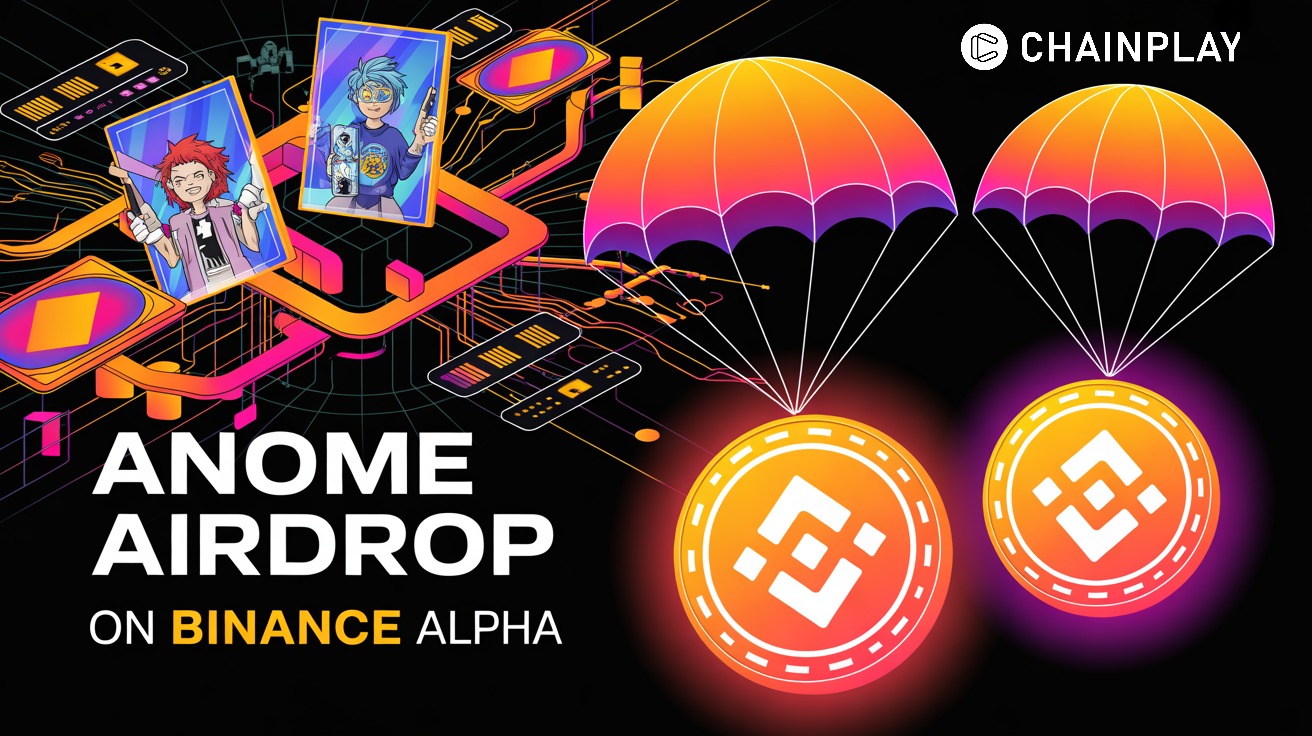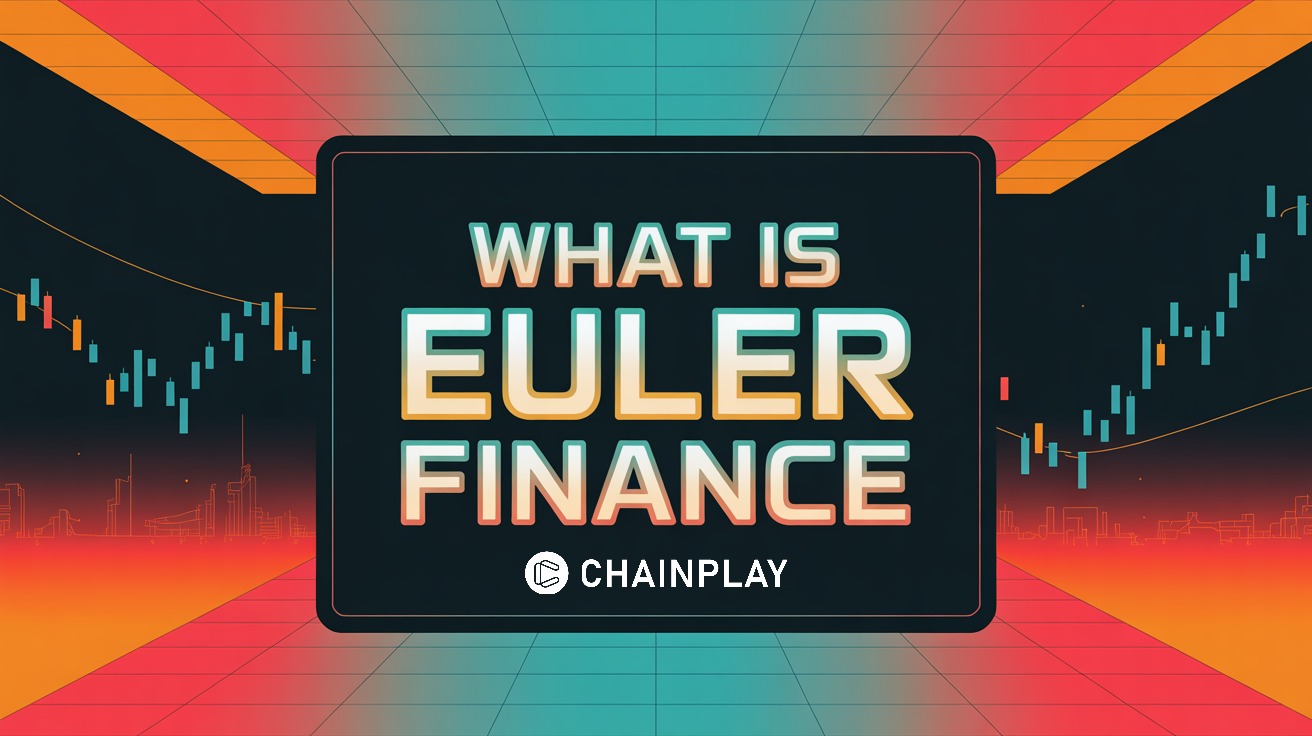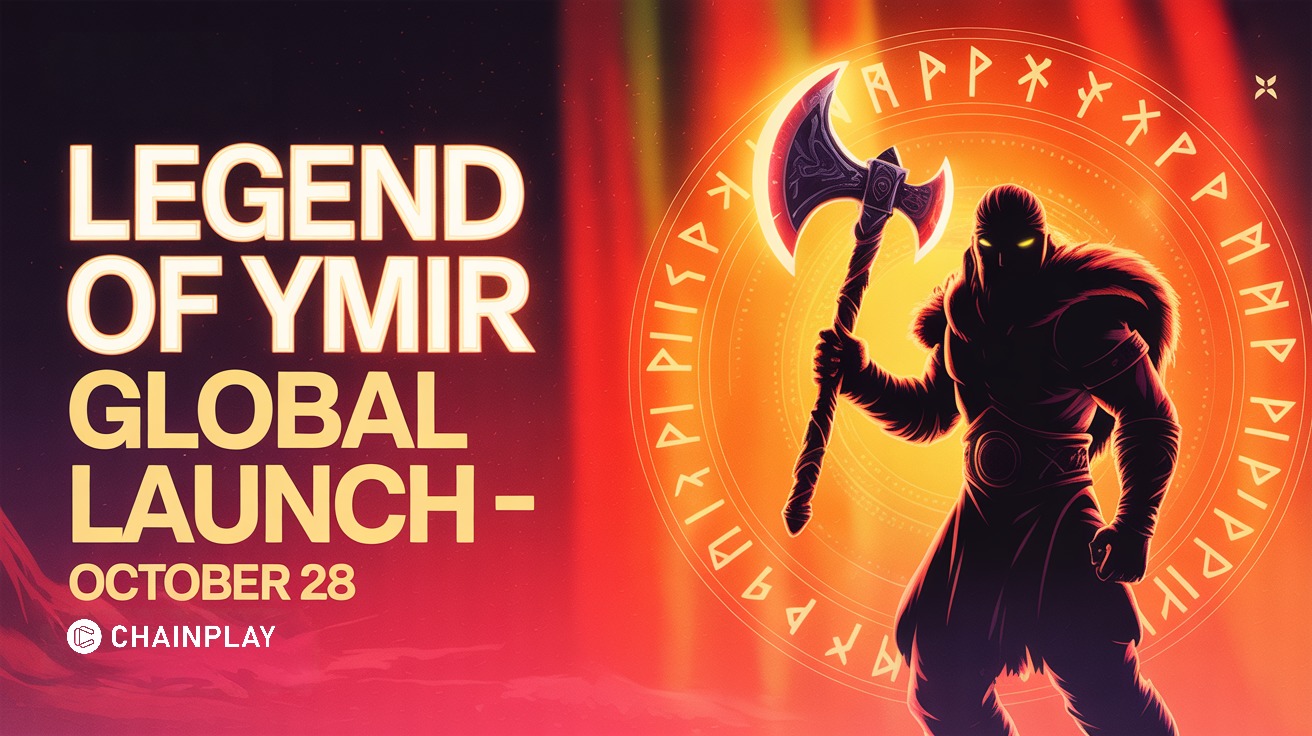News
Real-world assets could revitalize dying NFT lending market: DappRadar
ChainPlay
•
4 months ago
Share :

The NFT lending market is in rough shape. Once a hotbed of activity, it has cooled drastically. Volumes have plunged from a staggering $1 billion in January 2024 to just $50 million in May 2025. That’s a 97% collapse in less than 18 months. This is because no one is borrowing as they used to, and lenders are also sitting on the sidelines.
According to blockchain analytics platform DappRadar, the space isn’t dead yet. It’s definitely in survival mode. In a new report, analyst Sara Gherghelas points to a few key ideas that might help revive the sector. The biggest one? Tying NFTs to real-world assets (RWAs).
Let’s break it down.
What’s Happening in NFT Lending?
NFT lending works like this: You use your NFT as collateral to get a loan. If you can’t repay, you lose the NFT. In the past, people were willing to lend and borrow using NFTs from big-name collections like Bored Ape Yacht Club or CryptoPunks.
Now, the number of people borrowing has dropped by 90% since early 2024. Lenders are down by 78%. This doesn’t only affect participation, loan sizes have shrunk too.
In 2022, the average NFT-backed loan was around $22,000. Today, it’s closer to $4,000. That’s a 71% decline in just one year.
Even loan durations are shorter. In 2023, most NFT loans lasted about 40 days. In 2024 and 2025, they’ve averaged just 31 days.
Why is this happening? Part of the issue is the broader NFT market. Sales volumes dropped 61% in Q1 2025, from $4.1 billion a year ago to $1.5 billion now. Fewer buyers mean NFTs are worth less. With this, they’re not very attractive as collateral.
If your Bored Ape was once worth $200,000 but now sells for $40,000, lenders simply don’t want the risk, and borrowers can’t access as much capital. It’s a lose-lose.
Can Real-World Assets Save the Day?
Here’s where it gets interesting. Gherghelas believes the future of NFT lending lies in something more grounded: real-world assets.
Think real estate, cars, yield-generating farmland, royalties, stocks, or anything that exists outside of the blockchain but can be tokenised and tracked on it.
These tokenised assets, when represented as NFTs, could be used as loan collateral. That makes a lot of sense. Real-world assets tend to be more stable than JPEGs of cartoon animals.
For example, a token representing a piece of rental property would have real, consistent income behind it. Lenders might feel more confident offering a loan backed by such an asset.
If this catches on, it could transform NFT lending into something more like traditional finance, but faster, cheaper, and more accessible thanks to blockchain tech.
Other Ways to Fix the NFT Lending Space
Real-world assets aren’t the only hope. DappRadar says NFT lending needs better tools and smarter infrastructure. That includes things like
- Undercollateralized loans: Right now, most loans require full collateral. That’s not ideal. If protocols can safely offer loans without needing 100% backing, it opens the door to more activity.
- Credit scoring systems: In traditional finance, your credit history helps determine how much you can borrow. Bringing this idea to Web3 could reduce risk and boost lending confidence.
- AI-powered risk models: Artificial intelligence could help lenders assess the value of NFTs, borrower behavior, and potential defaults. That kind of insight could make lending less risky and more profitable.
These changes won’t happen overnight. But if platforms invest in these improvements, they could rebuild trust and usage over time.
NFT Lending Isn’t Dead, It’s Evolving
The NFT lending boom of 2021 and 2022 was largely driven by hype. Prices were high, liquidity was everywhere, and risk was low.
We’re now in a market where users are more cautious. They don’t want to borrow large amounts or risk losing their NFTs. Lenders are also more selective. The flip-for-liquidity strategy of the bull market doesn’t work in this slower, bearish phase. However, this isn’t the end of NFT lending. It’s a turning point.
DappRadar notes that platforms are adapting. They’re exploring new use cases and redesigning products. They’re also slowly moving toward safer, more utility-driven lending models. That’s the key.
If the next wave of NFT lending is built on strong fundamentals, real utility, trusted collateral, and better design, the sector could see a real comeback. It won’t be flashy. It won’t happen overnight, but it might just be sustainable this time.
Looking Ahead
NFTs are evolving. They're no longer just profile pictures or speculative collectibles. In the coming years, NFTs tied to real-world assets could become the norm. This shift could turn them into powerful tools for finance, not just art or culture.
That change could breathe new life into lending protocols. It might help create new financial rails that combine the best of blockchain and the real world.
The infrastructure is still here. Platforms like NFTfi, Arcade, and Astaria are still active. They're just waiting for new energy and new ideas. Real-world assets could be exactly that.
Final Thoughts
NFT lending is down, but not out. Volumes have crashed and participation is low, but there’s a clear path forward. If projects embrace real-world collateral, build smarter tools, and rethink how lending works, the sector could find its second wind. One that’s more resilient, more inclusive, and more grounded in value.
As Gherghelas puts it, “Platforms are diversifying, use cases are shifting, and collateral preferences are changing.”
The NFT lending market may never look like it did in the hype-filled days of 2022. But with the right moves, it could become something even better, something built to last. For now, the sector waits, but change is coming.
Share this article
#Other
Latest News

Binance Announces Alpha Launch and Exclusive Airdrop
19 hours ago

Anome (ANOME) To Launch on Binance Alpha on October
20 hours ago

What Is Euler Finance? Project, Token, Airdrop, Roadmap
yesterday

Oh Baby Kart 2.0 Update: Biggest Patch with New Features
2 days ago

Legend of YMIR Pre-Launch Events & Partner Server Info
2 days ago
Related articles

Learn about Euler Finance, a DeFi lending protocol on Ethereum with modular vaults, advanced security, and the EUL token for decentralized governance.
ChainPlay
•
yesterday

Anome, a GameFi and NFTFi project building a platform for NFT derivative issuance and lending, is scheduled to launch on Binance Alpha on October 17, 2025. Binance will host an exclusive airdrop to celebrate the launch. Learn how to participate.
ChainPlay
•
20 hours ago

Binance Alpha is set to launch SubHub ($SUBHUB) with an exclusive airdrop on October 17th. SubHub is a Web3 communication and marketing tool. Eligible users can claim their free $SUBHUB tokens using Binance Alpha Points.
ChainPlay
•
19 hours ago



